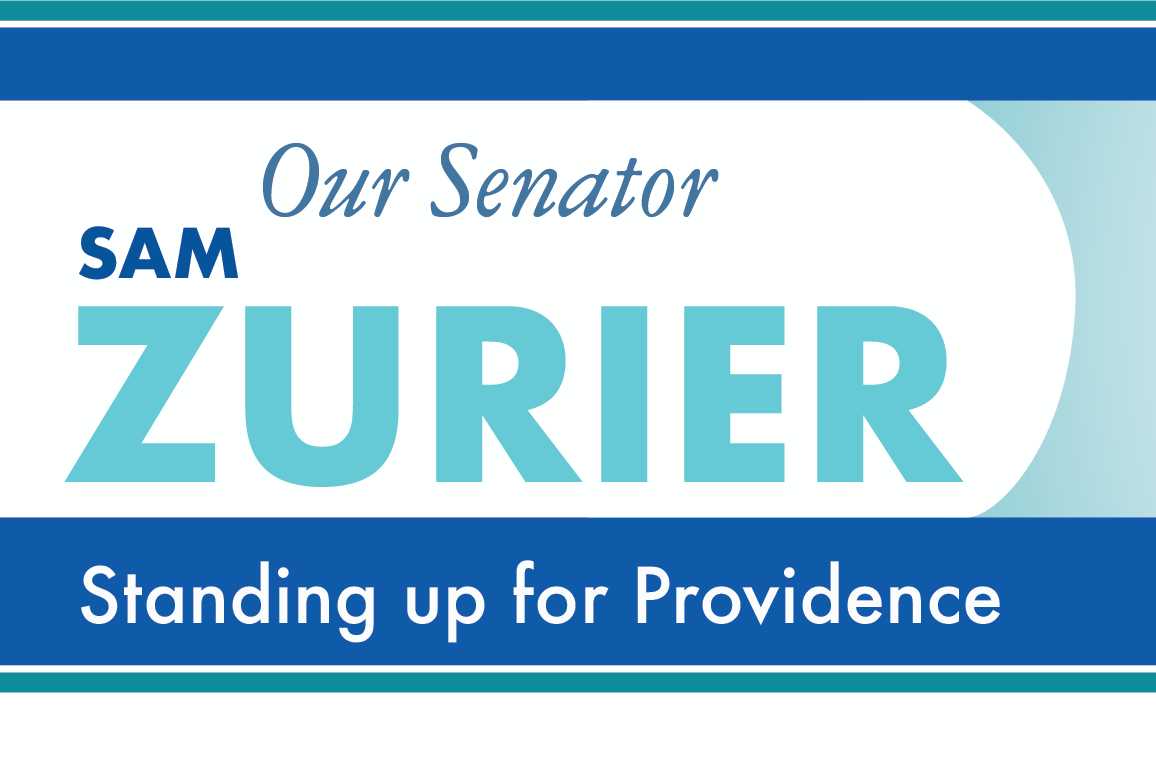Dear Neighbors:
I hope you enjoy Father’s Day, whose history can be described as tagging along after Mother’s Day, as Americans wanted to honor mothers first for what I consider to be all the right reasons. (It therefore seems unfair to that most babies learn how to articulate “Dada” before “Mama.”) In any event, I will discuss in this week’s letter some preliminary thoughts about the FY2026 State budget.
A. The Budget Process
Last Tuesday night, the House Finance Committee approved its proposed budget. This proposed budget is the product of extensive negotiations, both within the House of Representatives and between leadership in the House and the Senate. Pursuant to that chamber’s rules, the full House of Representatives will consider the Finance Committee budget this Tuesday. While there may be extensive debate, it is common for the House of Representatives to make relatively few changes, many of which can be technical changes resulting from further review of the numbers.
Once passed, the House of Representatives budget will go to the Senate Finance Committee and then the full Senate for review. The Senate’s review typically results in few if any further changes. Most years the entire General Assembly session will end with the Senate voting to approve the budget, preceded by both chambers’ consideration of the hundreds of other bills that have been voted out of committee. It is possible the session will wrap up during the coming week.
B. The Budget’s General Approach
The House Finance Committee budget addresses an array of gaps in the Governor’s budget noted in my June 1 letter. In addition, it provides greater funding to respond to such needs as homelessness, health care and RIPTA as described in this partial list. To pay for these initiatives, the House Finance Committee budget includes a series of new fees and assessments, some of which are listed here.
More generally, the House Finance Committee budget is the first in many years lacking the “cushion” of the $1.2 billion in American Rescue Plan Act funding. Many of its new funding initiatives represent more of a “down payment” to address the identified problem rather than a fully-funded solution. The budget pays for these new initiatives without a general tax increase; instead, they are funded with certain targeted taxes, fees and assessments.
C. Future Opportunities And Challenges
I believe the House Finance Committee budget improves on the Governor’s budget by filling many gaps it contained, while also supporting new initiatives in such critical areas of housing, health care and transportation. The budget advances these goals without a general tax increase. With that said, the initiatives are only a “down payment”; for example, the increased RIPTA allocation fills only half of the funding gap contained in the Governor’s budget.
We must note that many components of both the Governor’s and the House Finance Committee’s budgets are based upon the current program of federal matching aid, which is subject to change in the federal budget now being debated in Washington, D.C. As a result, it may be necessary for the General Assembly to return this fall to consider new budgetary gaps, either through expenditure reductions, new revenues, or (more likely) a combination of the two.
